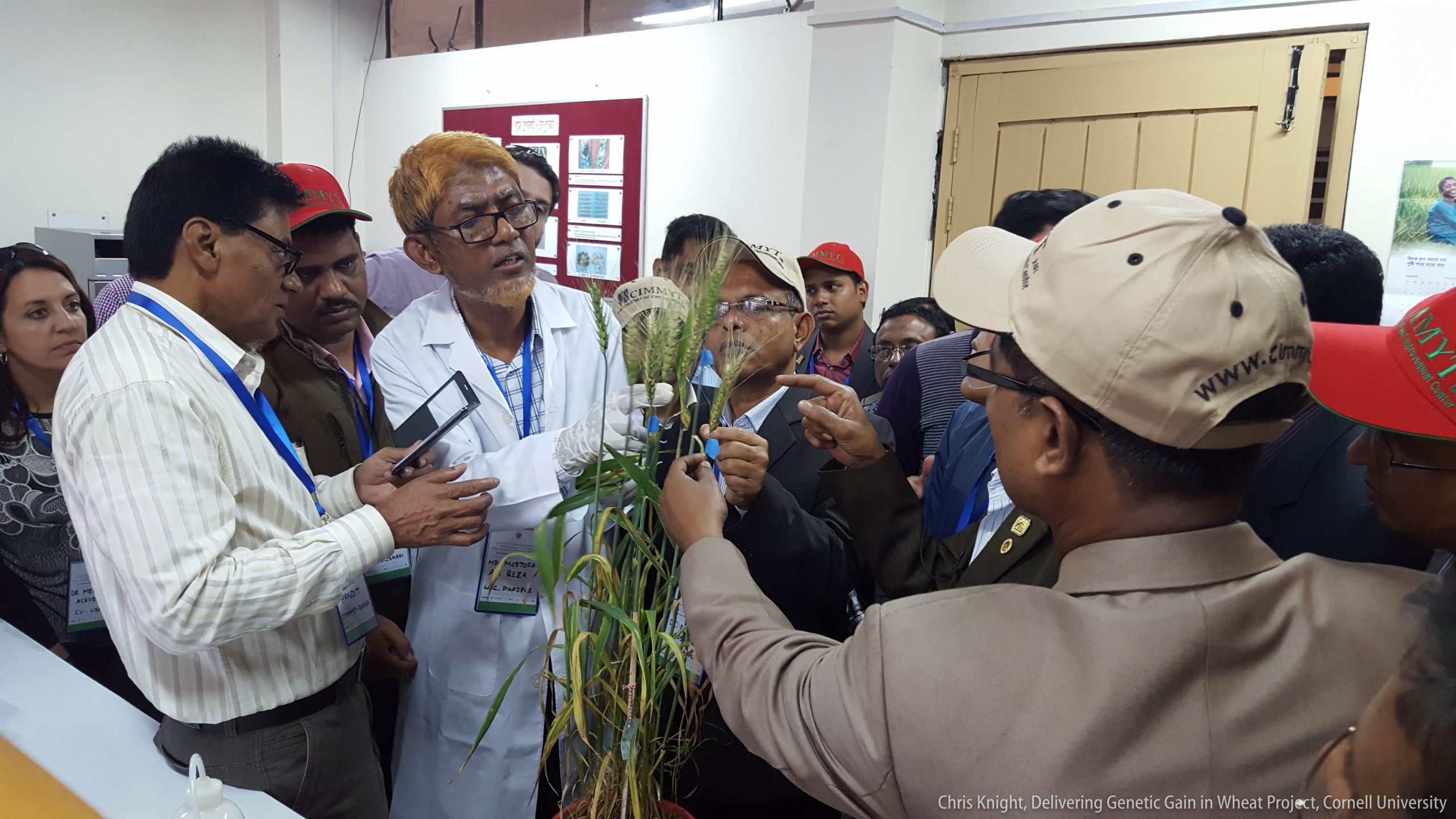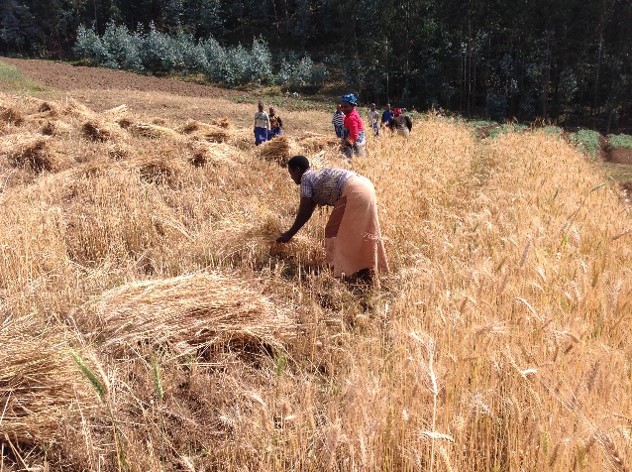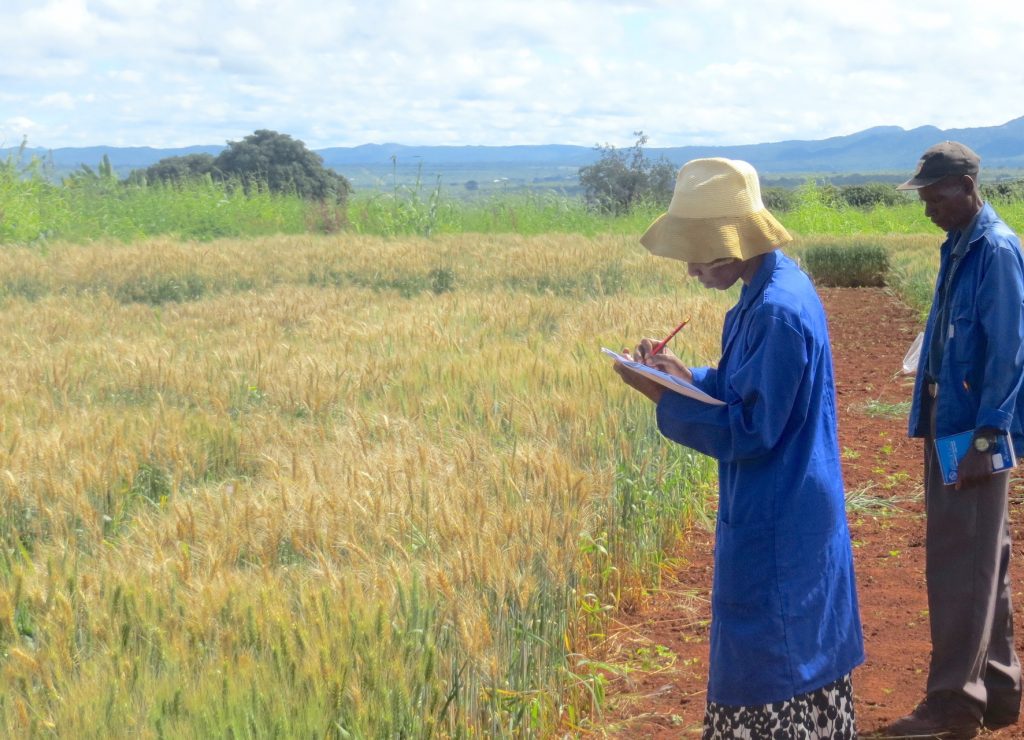
Wheat blast, a fast-acting and devastating fungal disease, has been reported for the first time on the African continent. In an article published in the scientific journal PLoS One, a team of scientists confirmed that symptoms of wheat blast first appeared in Zambia during the 2018 rainy season, in experimental plots and small-scale farms in the Mpika district, Muchinga province.
Researchers from the International Maize and Wheat Improvement Center (CIMMYT), the US Department of Agriculture – Foreign Disease Weed Science Research Unit (USDA-ARS) and the Zambian Agricultural Research Institute (ZARI) participated in this study.
Wheat blast poses a serious threat to rain-fed wheat production in Zambia and raises the alarm for surrounding regions and countries on the African continent with similar environmental conditions. Worldwide, 2.5 billion consumers depend on wheat as a staple food and, in recent years, several African countries have been actively working towards reducing dependence on wheat imports.
“This presents yet another challenging biotic constraint to rain-fed wheat production in Zambia,” said Batiseba Tembo, wheat breeder at ZARI and lead scientist on the study.
A difficult diagnosis
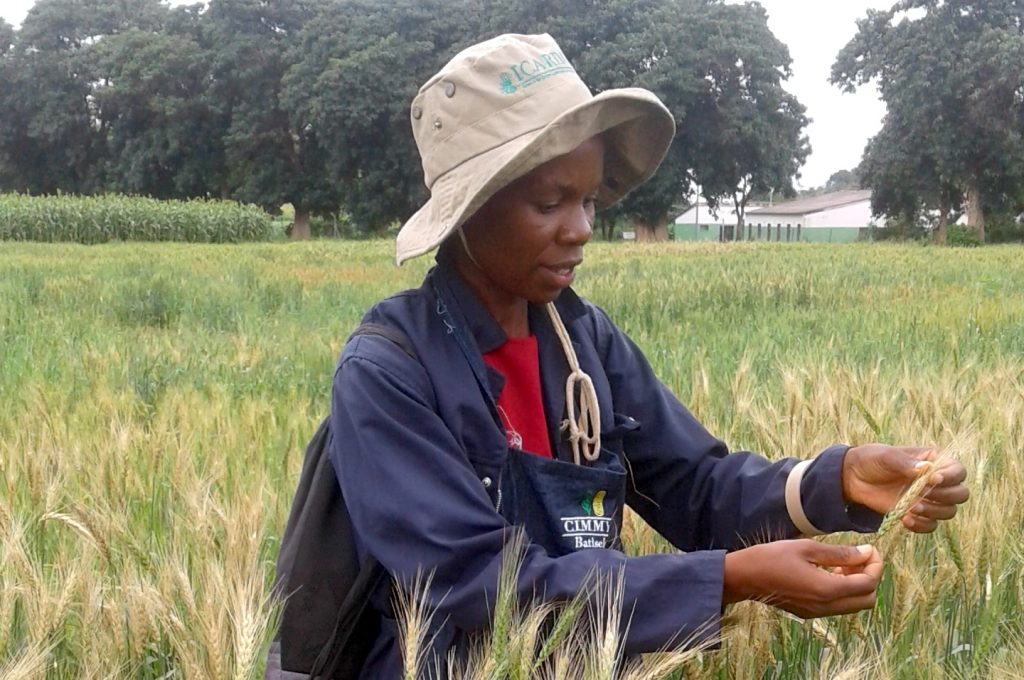
“The first occurrence of the disease was very distressing. This happened at the spike stage, and caused significant losses,” Tembo said. “Nothing of this nature has happened before in Zambia.”
Researchers were initially confused when symptoms of the disease were first reported in the fields of Mpika. Zambia has unique agro-climatic conditions, particularly in the rainfed wheat production system, and diseases such as spot blotch and Fusarium head blight are common.
“The crop had silvery white spikes and a green canopy, resulting in shriveled grains or no grains at all… Within the span of seven days, a whole field can be attacked,” Tembo explained. Samples were collected and analyzed in the ZARI laboratory, and suspicions grew among researchers that this may be a new disease entirely.
Tembo participated in the Basic Wheat Improvement Course at CIMMYT’s global headquarters in Mexico, where she discussed the new disease with Pawan Singh, head of Wheat Pathology at CIMMYT. Singh worked with Tembo to provide guidance and the molecular markers needed for the sample analysis in Zambia, and coordinated the analysis of the wheat disease samples at the USDA-ARS facility in Fort Detrick, Maryland, United States.
All experiments confirmed the presence of the fungus Magnaporthe oryzae pathotype Triticum (MoT), which causes the disease.
“This is a disaster which needs immediate attention,” Tembo said. “Otherwise, wheat blast has the potential to marginalize the growth of rain-fed wheat production in Zambia and may threaten wheat production in neighboring countries as well.”
Wheat blast spreads through infected seeds and crop residues, as well as by spores that can travel long distances in the air. The spread of blast within Zambia is indicated by both mechanisms of expansion.
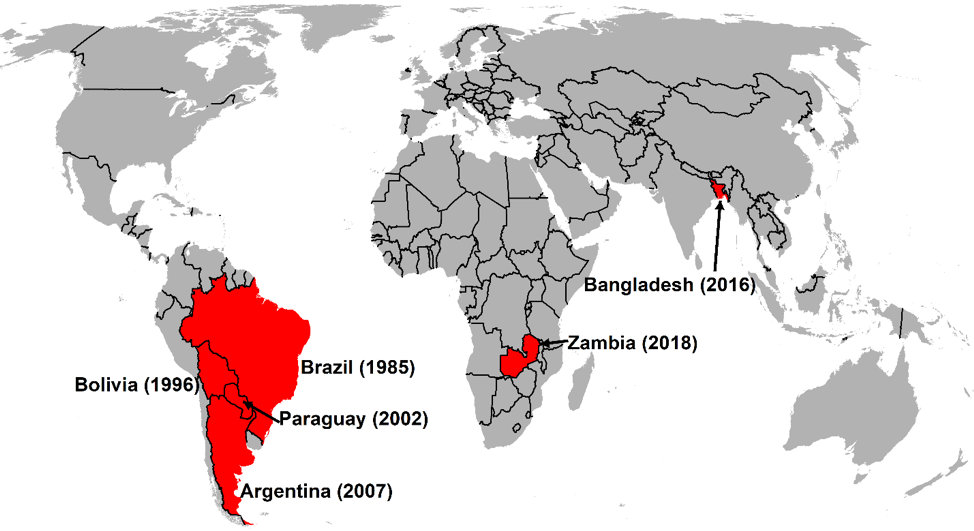
A cause for innovation and collaboration
CIMMYT and the CGIAR Research Program on Wheat (WHEAT) are taking action on several fronts to combat wheat blast. Trainings and international courses invite participants to gain new technical skills and knowledge in blast diagnostics, treatment and mitigation strategies. WHEAT scientists and partners are also studying the genetic factors that increase resistance to the disease and developing early warning systems.
“A set of research outcomes, including the development of resistant varieties, identification of effective fungicides, agronomic measures, and new findings in the epidemiology of disease development will be helpful in mitigating wheat blast in Zambia,” Singh said.
“It is imperative that the regional and global scientific communities join hands to determine effective measures to halt further spread of this worrisome disease in Zambia and beyond,” Tembo expressed.
Read the study:
Interview opportunities:
Pawan Kumar Singh, Senior Scientist and Head of Wheat Pathology, International Maize and Wheat Improvement Center (CIMMYT)
Batiseba Tembo, Wheat Breeder, Zambian Agricultural Research Institute (ZARI)
For more information, or to arrange interviews, contact the media team:
Rodrigo Ordóñez, Communications Manager, CIMMYT. r.ordonez@cgiar.org
Acknowledgements
Financial support for this research was provided by the Zambia Agriculture Research Institute (ZARI), the CGIAR Research Program on Wheat (WHEAT), the Australian Centre for International Agricultural Research (ACIAR), and the US Department of Agriculture’s Agricultural Research Service (USDA-ARS).
The Basic Wheat Training Program and Wheat Blast Training is made possible by support from investors including the Australian Centre for International Agricultural Research (ACIAR), WHEAT, the Indian Council of Agricultural Research (ICAR), Krishi Gobeshona Foundation (KGF), the Swedish Research Council (SRC) and the United States Agency for International Development (USAID).
The Accelerating Genetic Gains in Maize and Wheat (AGG) project is funded by the Bill & Melinda Gates Foundation, the UK Foreign, Commonwealth & Development Office, the United States Agency for International Development and the Foundation for Food and Agricultural Research (FFAR).
About CIMMYT
The International Maize and What Improvement Center (CIMMYT) is the global leader in publicly-funded maize and wheat research and related farming systems. Headquartered near Mexico City, CIMMYT works with hundreds of partners throughout the developing world to sustainably increase the productivity of maize and wheat cropping systems, thus improving global food security and reducing poverty. CIMMYT is a member of the CGIAR System and leads the CGIAR programs on Maize and Wheat and the Excellence in Breeding Platform. The Center receives support from national governments, foundations, development banks and other public and private agencies. For more information visit www.cimmyt.org.
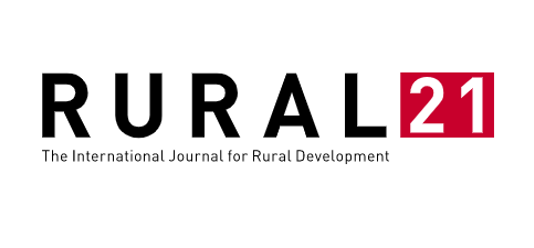
 Environmental health and biodiversity
Environmental health and biodiversity 